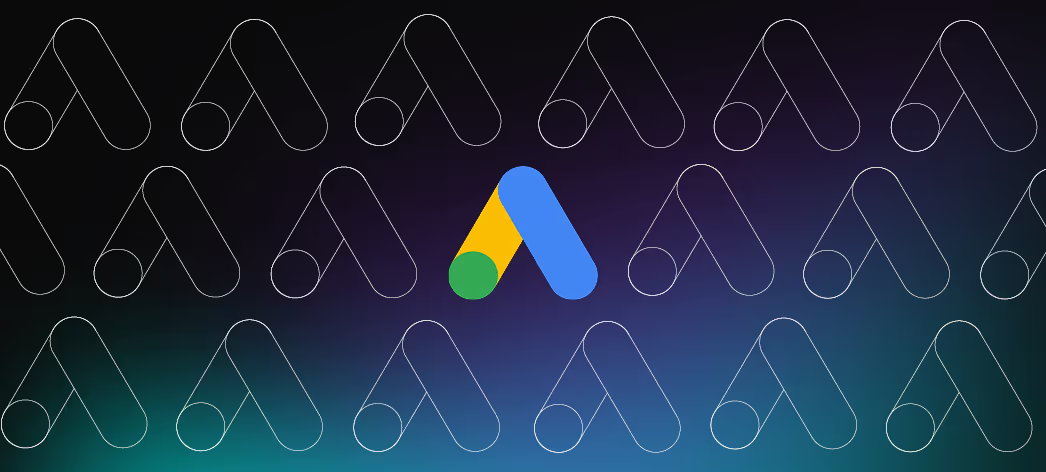AI Max is Google’s newest automation layer for search campaigns. Taking another step towards intent-based targeting, AI Max is designed to make it easier than ever to scale up high-performing search campaigns without relying on keyword targeting. One click enables the full suite of AI Max automation tools for search campaigns.
But AI Max isn’t living up to its own hype just yet. According to a LinkedIn poll by Google Ads specialist Adriaan Dekker, the results aren’t great for Google — just 16% of respondents said they’re getting good performance from AI Max:

And to add to that, it turns out there’s another blind spot to highlight if you’re still deciding whether to flip the AI Max switch for your search campaigns. Let’s take a look at the hidden risks of using AI Max, and how this impacts this feature’s potential.
The hidden risks of AI Max
Automating your PPC campaigns can dramatically expand your reach. But Mike Ryan, head of ecommerce insights at Smarter Ecommerce, shared data suggesting that AI Max finds targeting opportunities that many marketers would rather avoid.
Mike’s data showed that competitor brand terms accounted for 69% of total impressions in an AI Max-enabled campaign. AI Max generated more than 8,000 impressions on competitor terms. Broad match — the next highest — generated just 77.
Mike notes that while this campaign data isn’t necessarily representative, it’s not cherry-picked. Additionally, it only covers one competitor. Mike estimates that including data for all competitor terms would boost the impression share to more than 80%.
Here’s Mike’s LinkedIn post and data in full:


Does this matter? Well, if you’re actively bidding on competitor keywords in other campaigns or non-AI Max-assisted search campaigns, maybe not. But if you’re less interested in starting an ad battle with your competitors, it could be. So let’s explore why AI Max goes after traffic you’ve actively avoided until now.
Why AI Max loves competitor traffic
AI Max is designed to optimize targeting based on user intent, not keywords. Since your competitors offer similar services to you, users seeking their products or services could also see a benefit in using yours, even if they’re actively searching for a competing service.
As Mike notes, if you’re not targeting competitor keywords — and many companies don’t — AI Max may see this as an untapped opportunity to expand your reach:
“A theory of AI Max is forming in my mind... if you are not bidding on competitor terms, not bidding on brand, not including SPN, etc – then these "available" pockets of traffic are exactly what AI Max will target as "opportunities."”
Some commentators have suggested that AI Max may actually be designed to start turf wars. Competitor terms are traditionally less popular than non-branded terms, so this could be a way for Google to strongarm advertisers into bidding on these, increasing Google’s ad revenue across the board:



For B2B lead gen, AI Max could be especially costly. Thanks to the longer, more complex sales cycle for B2B companies, acquisition costs are generally higher. This is reflected in higher CPCs for B2B competitor search terms.
So with AI Max, you could actually be paying more to bid on unwanted keywords, leading to higher acquisition costs for potentially less valuable leads.
Adapting your strategy when using AI Max
As Mike points out, AI Max’s problem is lack of strategic awareness. It’s great at spotting and targeting new opportunities — but what if you intentionally excluded those in the first place?
Mike’s data shines a spotlight on the current strategic risks of AI Max:
- Costs increase as the turf war escalates — Increased competition for specific search terms tends to boost per-click prices, leading to higher costs for search terms you don’t necessarily want to show up for.
- Wasted budget on irrelevant clicks — Users searching specifically for competitors may have zero interest in your brand, leading to an uptick in irrelevant clicks that won’t convert. Additionally, you’re potentially exposed to more invalid traffic, which can also drain your budget.
- Brand misalignment — Appearing for competitor search terms can give a negative impression of your brand, both to users and competitors.
- Redirecting calls and emails — Some marketers have seen an uptick in calls meant for competitors and suppliers, which can make things awkward for both you and the caller (not to mention the wasted time).
AI is tactical, not strategic. It’s programmed to optimize campaigns for quick, easy conversions. It doesn’t understand brand positioning, competitive dynamics, or long-term considerations around customer acquisition cost or lifetime value. So advertisers need their own controls in place to make sure AI Max doesn’t jeopardize these.
What’s the bigger picture?
AI is a powerful tool that can cause chaos in your ads account if it’s left unchecked. As Mike says:
“Rules need to be set, or else there’s a Waluigi running around your account.”
AI Max is programmed to seek and target new opportunities, not discern whether these opportunities are helpful to your brand, goal, and positioning. Turning down opportunities and adding exclusions are as much a part of good strategy as finding them in the first place. Without setting rules and making strategic decisions, you’re effectively letting Google run riot across your campaigns.
Human oversight is non-negotiable. To avoid the Waluigi effect, you must maintain control of your campaigns and know when and how AI is serving your strategy, rather than derailing it.
How to protect your PPC accounts when using AI Max
As some commenters have pointed out, increased reliance on PPC automation tools makes good account stewardship even more important for advertisers:

Here’s what to do to protect your search campaigns from aggressive competitor spend and other strategic risks when using AI Max:
- Update negative keywords and audience exclusions — Keep a tight rein on your target audiences. Make sure your negative keyword lists and audience exclusions are fully up-to-date and use the search terms report to maintain these.
- Monitor impression share — Keep a close eye on impression share, especially around competitor terms and on the Search Partner Network. Use scripts to alert you if the impression share rises above a certain threshold.
- Test AI Max cautiously — Run AI Max experiments in parallel to your existing campaigns, not across full accounts. This way, you can decide whether it’s effective to roll out changes more widely without encroaching on competitor and/or brand terms.
- Don’t let automation tools dictate your strategy — While AI Max may help you discover new targeting opportunities, make sure they’re ones you actually want to target. Keep your strategy human-led, and use automation to execute your decisions efficiently.
Key takeaways
While it’s important not to read too much into anecdotal evidence, it’s also a good idea to exercise caution when introducing AI to your PPC campaigns. Here’s why:
- Anecdotal evidence suggests that AI Max is targeting a high proportion of competitor search terms in an effort to broaden reach.
- Traditionally, many marketers actively avoid this kind of aggressive campaigning, as it increases costs and can interfere with your brand positioning. (Costs can be especially high for B2B brands, due to long sales cycles and more expensive keywords.)
- AI Max is fast, cheap, and powerful, but it doesn’t understand strategy. Letting it run unchecked on your campaign can lead to higher costs, competitor turf wars, wasted budget, and brand misalignment.
- While automated strategies can be helpful, human oversight is essential for high-performing PPC campaigns. Impression monitoring, cautious testing, and well-maintained exclusion lists can all mitigate the risks posed by AI Max.
Ultimately, the brands that thrive using AI Max will be those who define their strategy ahead of time, then set rules and use AI selectively, allowing it to expand reach without sacrificing results or wasting budget.
Stay in control of your budget with Lunio
As automated campaigns become more ingrained, campaign efficiency is a major priority. Google’s AI can help you find new targeting opportunities, but it can also waste your ad budget if left unchecked.
Lunio helps you eliminate other sources of wasted ad spend, like bots and fake users. Removing these from your traffic before the click ensures you have plenty of budget left to test new features and get the best possible results for your ad spend.
To find out more, get a free 14-day traffic audit and see how much our ad traffic verification software can help you save.



